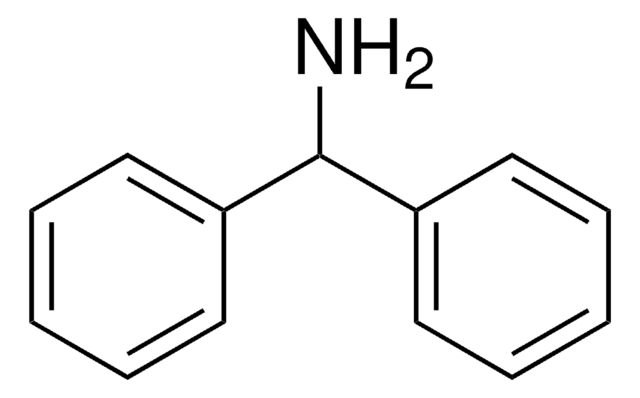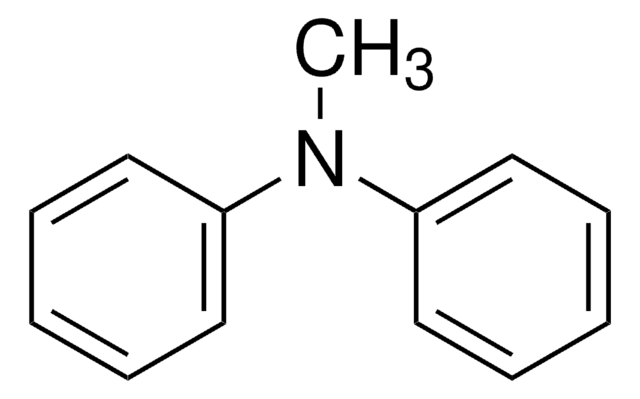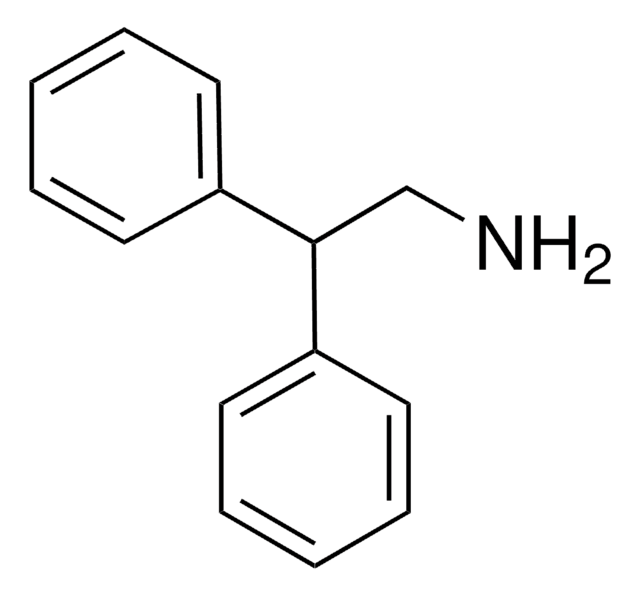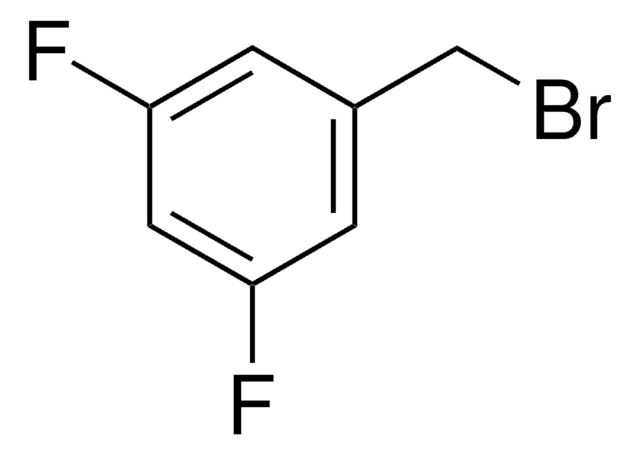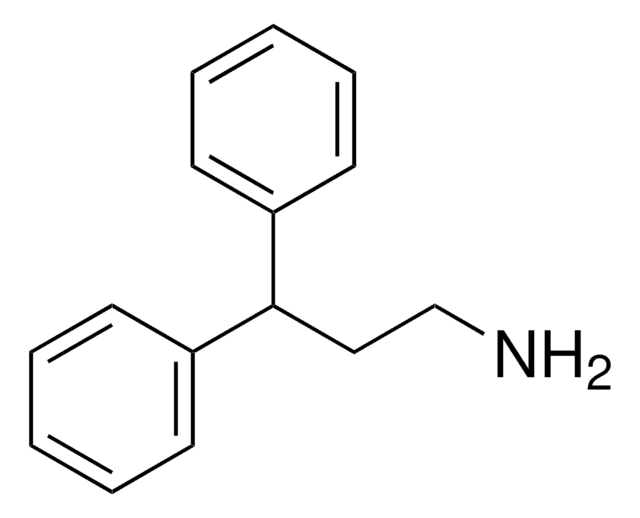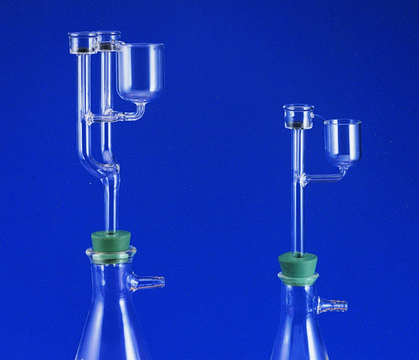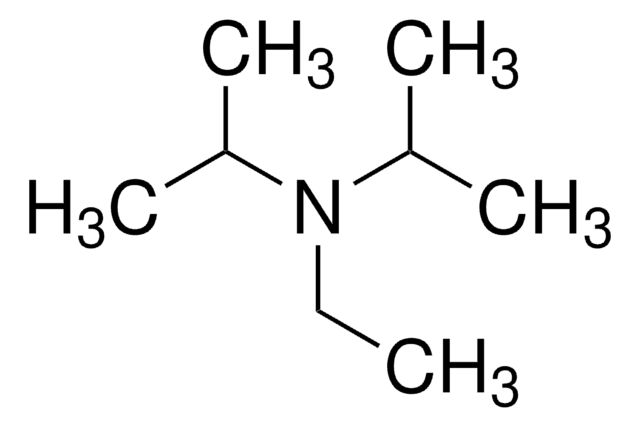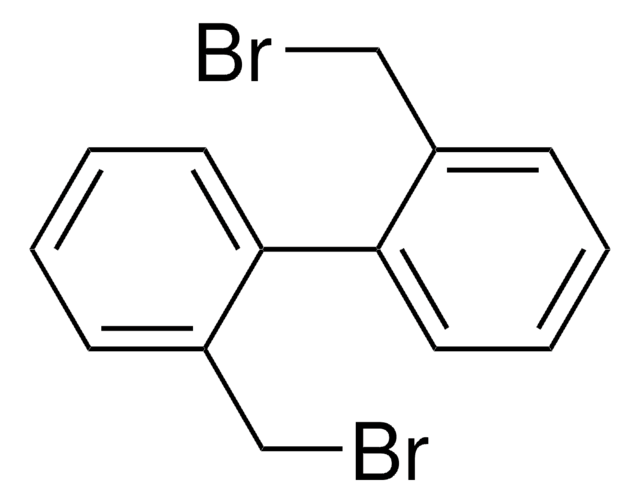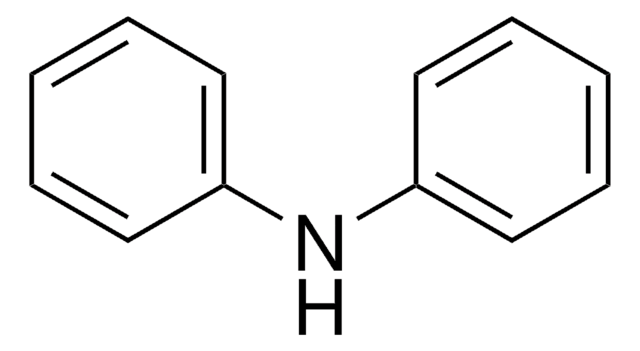43116
N-(Diphenylmethyl)methylamine
≥98.0% (GC)
Synonym(s):
N-Methylbenzhydrylamine
Sign Into View Organizational & Contract Pricing
All Photos(1)
About This Item
Empirical Formula (Hill Notation):
C14H15N
CAS Number:
Molecular Weight:
197.28
Beilstein:
2096409
MDL number:
UNSPSC Code:
12352100
PubChem Substance ID:
NACRES:
NA.22
Recommended Products
Assay
≥98.0% (GC)
form
solid
mp
38-42 °C
functional group
amine
phenyl
SMILES string
CNC(c1ccccc1)c2ccccc2
InChI
1S/C14H15N/c1-15-14(12-8-4-2-5-9-12)13-10-6-3-7-11-13/h2-11,14-15H,1H3
InChI key
SHDMMLFAFLZUEV-UHFFFAOYSA-N
General description
N-(Diphenylmethyl)methylamine is a sterically hindered secondary amine. It participates in the synthesis of cyclooctene oxide.
Signal Word
Danger
Hazard Statements
Precautionary Statements
Hazard Classifications
Skin Corr. 1B
Storage Class Code
8A - Combustible corrosive hazardous materials
WGK
WGK 3
Flash Point(F)
Not applicable
Flash Point(C)
Not applicable
Personal Protective Equipment
dust mask type N95 (US), Eyeshields, Gloves
Choose from one of the most recent versions:
Certificates of Analysis (COA)
Lot/Batch Number
Don't see the Right Version?
If you require a particular version, you can look up a specific certificate by the Lot or Batch number.
Already Own This Product?
Find documentation for the products that you have recently purchased in the Document Library.
Eun Young Kim et al.
European journal of medicinal chemistry, 136, 428-441 (2017-05-20)
KR-12-a5 is a 12-meric α-helical antimicrobial peptide (AMP) with dual antimicrobial and anti-inflammatory activities designed from human cathelicidin LL-37. We designed and synthesized a series of d-amino acid-substituted analogs of KR-12-a5 with the aim of developing novel α-helical AMPs that
He Ma et al.
ChemMedChem, 14(19), 1710-1716 (2019-08-25)
Naturally occurring constrained peptides are frequently used as scaffolds for bioactive peptide grating due to their high stability. Here, we used in silico methods to design several constrained peptides comprising a scorpion toxin scaffold, a MDM2 binding epitope, and a
Svetlana N Rylova et al.
PloS one, 13(4), e0195802-e0195802 (2018-04-19)
Copper-64 is an attractive radionuclide for PET imaging and is frequently used in clinical applications. The aim of this study was to perform a side-by-side comparison of the in vitro and in vivo performance of 64Cu-NODAGA-JR11 (NODAGA = 1,4,7-triazacyclononane,1-glutaric acid,4,7-acetic
N-Diphenylmethyl-2-propenamide: theoretical study of the structure and interaction with a DNA model system.
Barone G, et al.
Journal of Molecular Structure, 572(1), 113-119 (2001)
Ganesan Rajasekaran et al.
Biochimica et biophysica acta, 1859(5), 722-733 (2017-02-06)
Although the human-derived antimicrobial peptide (AMP) LL-37 has potent antimicrobial and anti-inflammatory activities, its therapeutic application is limited by its low cell selectivity and high production cost due to its large size. To overcome these problems, we tried to develop
Our team of scientists has experience in all areas of research including Life Science, Material Science, Chemical Synthesis, Chromatography, Analytical and many others.
Contact Technical Service